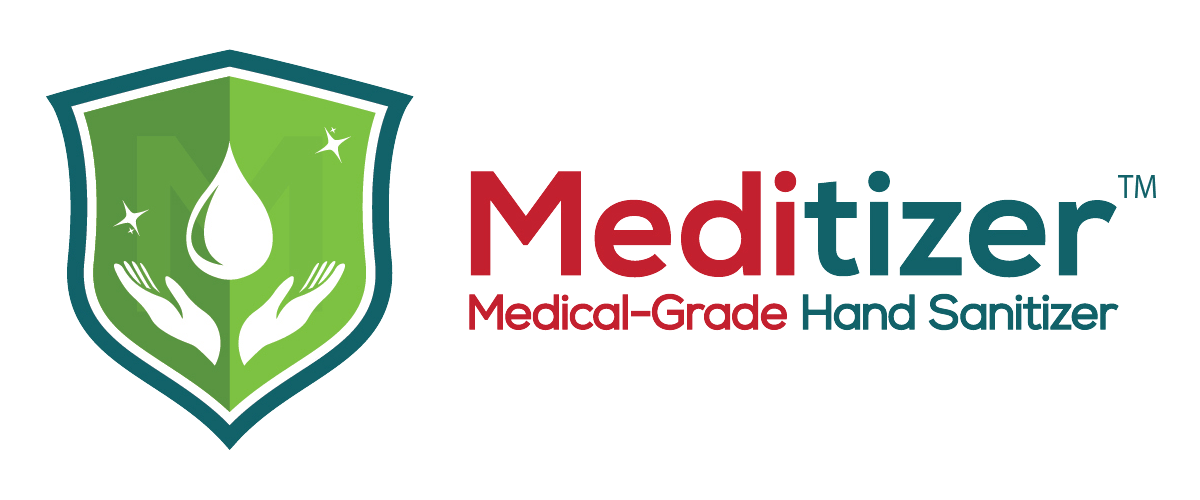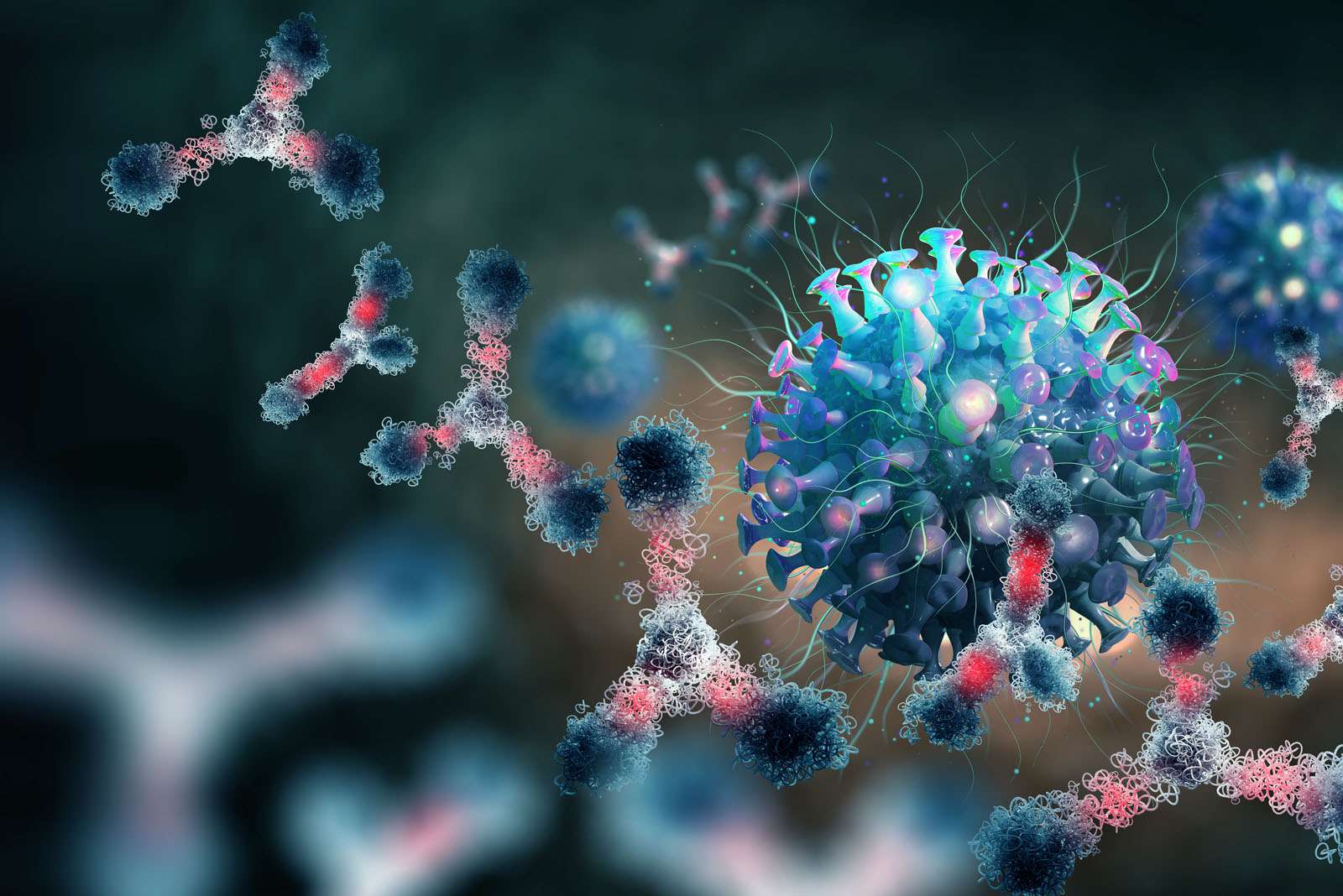Monkeypox virus is a zoonotic Orthopoxvirus and a possible biothreat agent that causes human disease with varying morbidity and mortality. Today, monkeypox is considered the most critical orthopoxvirus infection in human beings since the eradication of smallpox. Symptoms of this potentially serious illness include a high fever and the appearance of a characteristic rash.
The incubation period is between 6 and 14 days, followed by a prodromal period of about 1-3 days before the appearance of the typical maculopapular rash. During this prodrome phase, the affected individual can experience fever, malaise, and swollen lymph nodes, with the possible occurrence of other symptoms such as sweats, headache, backache, shortness of breath, sore throat, and cough.
Lymphadenopathy is present in approximately 90% of all human monkeypox infections, and the enlarged lymph nodes are tender, firm, and sometimes even painful.
After the prodrome period, a typical maculopapular rash develops with the mean diameter of the skin lesions from 0.5 to 1 centimeter. The number of lesions can range from a few to thousands, and during 2-4 weeks, they progress from macules to papules, vesicles, pustules, and finally, a crusting phase characterized by umbilication, scabbing, and desquamation.
The lesions most often affect oral mucous membranes (in 70% of cases) and genitalia (in 30% of cases) but can also affect eyelids and the cornea. Extracutaneous manifestations, such as secondary skin or soft-tissue infections, have been observed in 19% of unvaccinated monkeypox patients. In less than 1% of cases, encephalitis can also occur.
The Centers for Disease Control and Prevention recommends pre-exposure vaccination for individuals investigating animal or human monkeypox cases, people with direct contact with animals that could carry the pathogen, health care workers taking care of patients with monkeypox, and laboratory workers who handle specimens that may contain this virus.
Close contact with patients during the disease outbreak represents the most significant risk factor for monkeypox virus infection.

